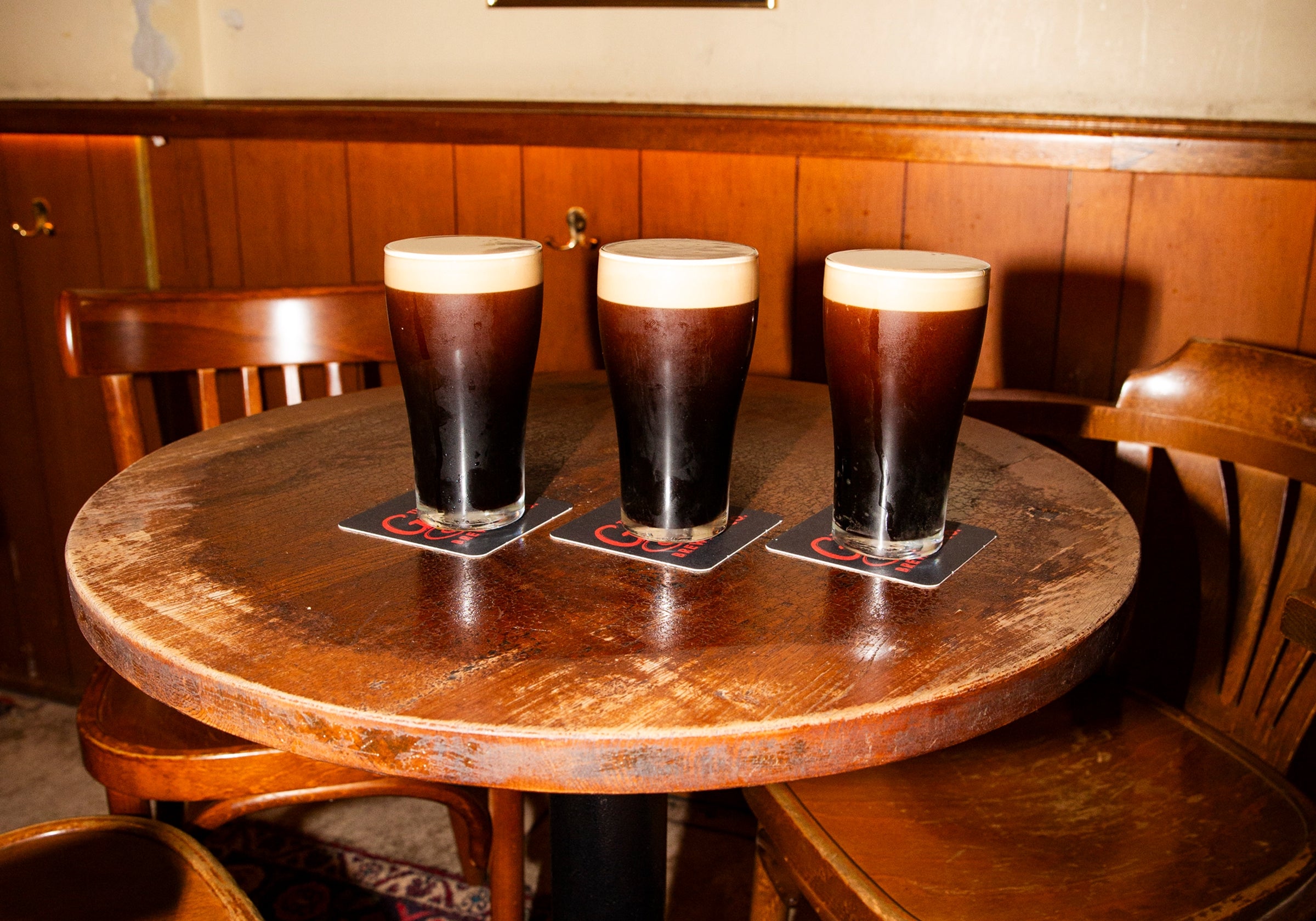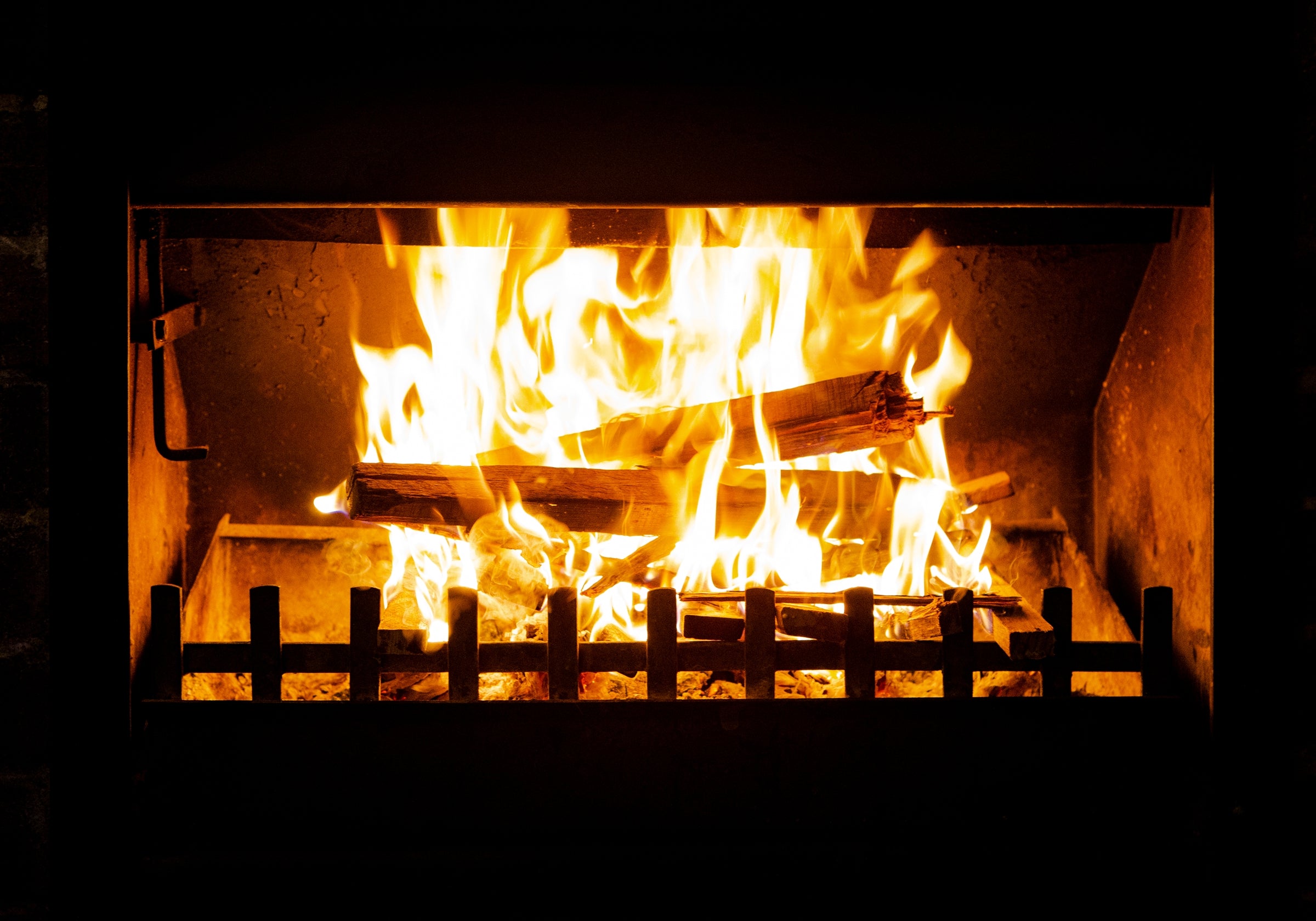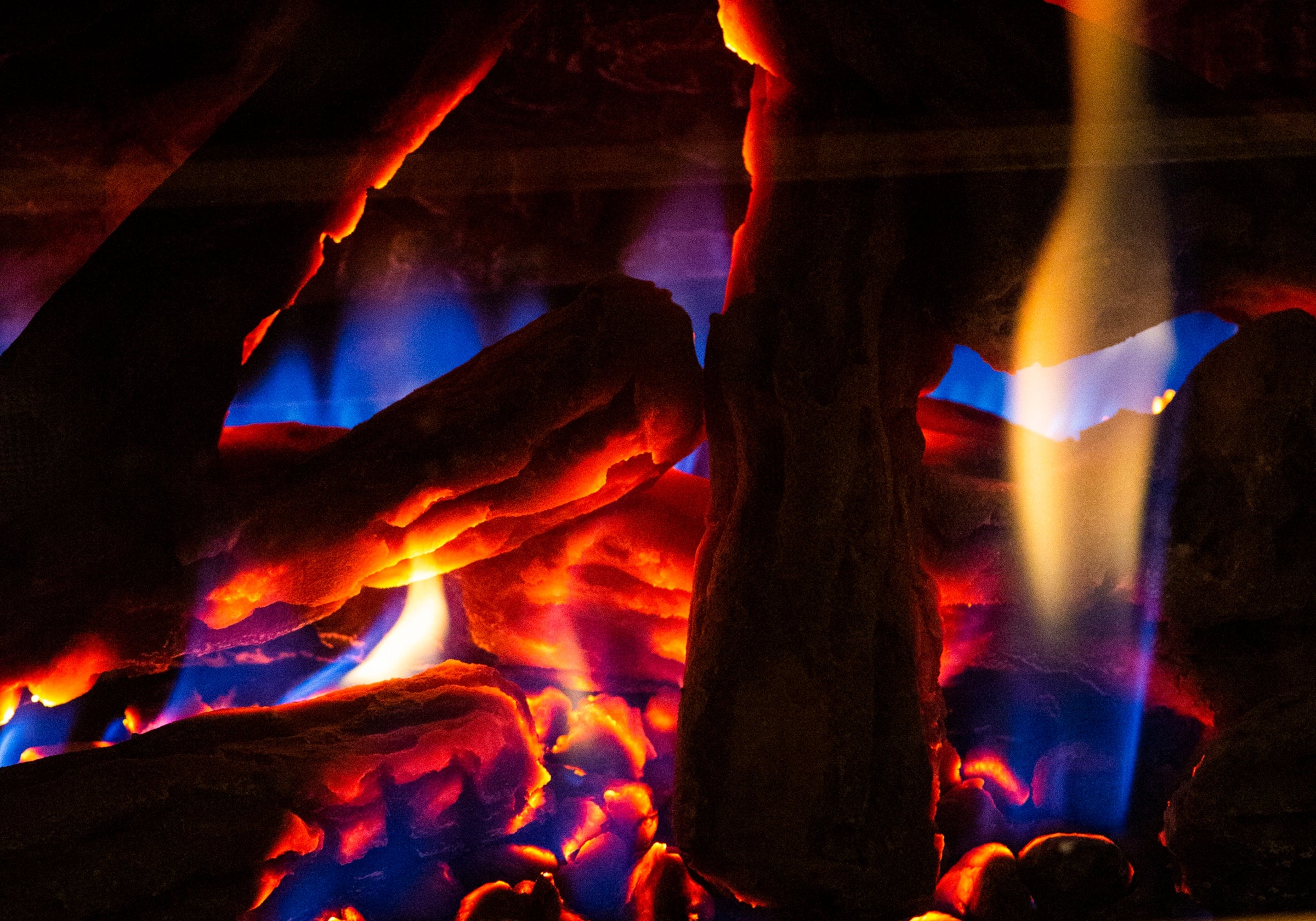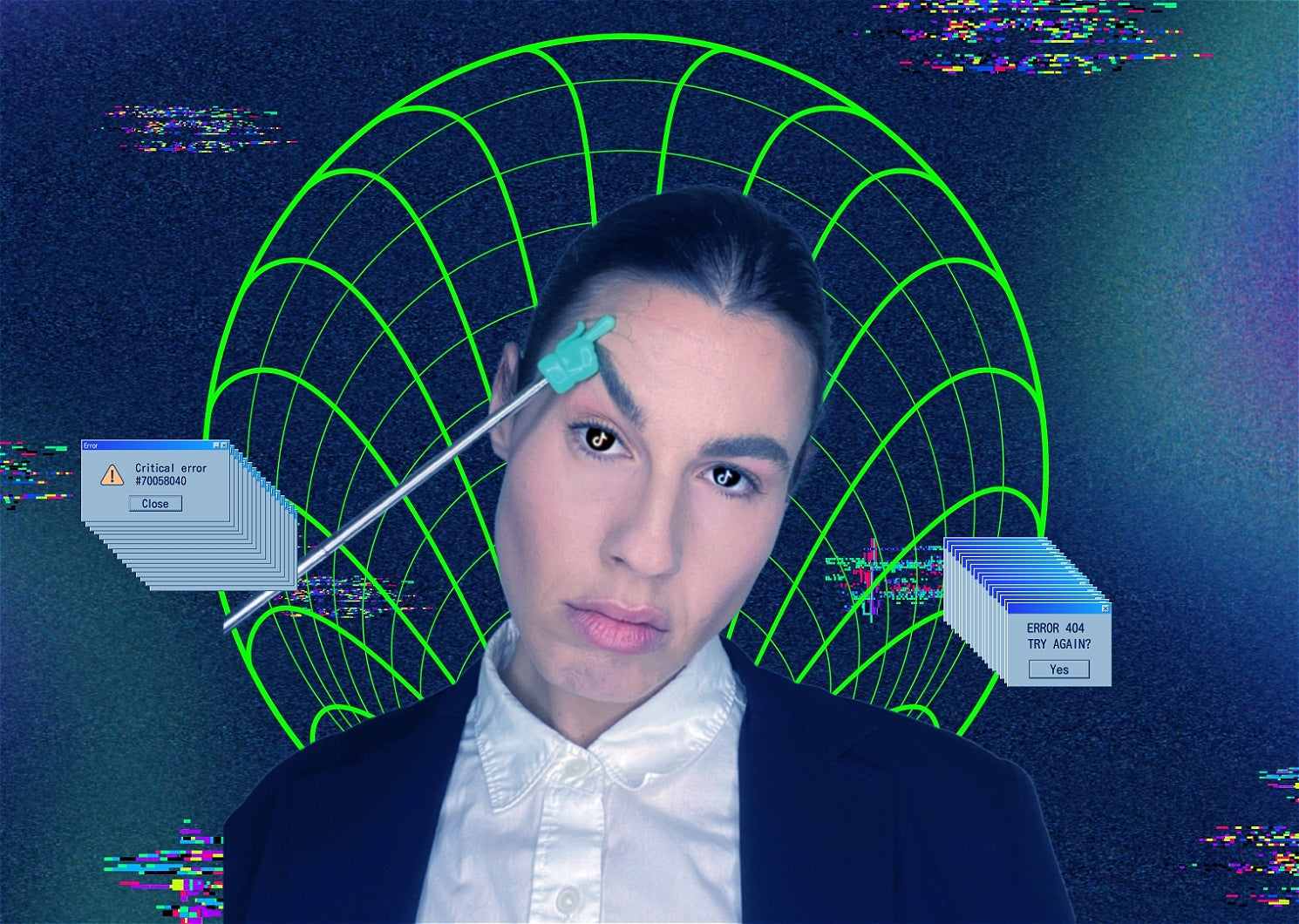THE SECRET TO A CREAMIER ALE
You might not know much about ‘nitro’, besides that Guinness is served that way and it means you have to wait a while to get your pint. Maybe you find yourself wondering – why is Omen served ‘on nitro’ so deliciously creamy? How is nitro any different to regular beer? What does it even mean anyway?
The TGBC is here to support our community, including those less nerdy about beer. Let’s learn all about nitro, together, as a curious wolfpack.
NITROGENATION VS. CARBONATION
First thing’s first. ‘Nitro’ is short for nitrogen, symbolised as ‘N’ with the number 7 on the periodic table. So, when something is served ‘on nitro’, the gas added to the beer to make it bubbly is nitrogen, with only a small percentage of carbon dioxide, aka CO₂. Some gas is added before the beer is kegged, with more added directly as the beer is poured, to help with tap flow and make sure the liquid doesn’t go flat in transition.
Adding nitrogen affects the drinking experience, as the less common addition to beverages behaves differently in liquid. Part of what makes it less common is that when beer ferments, some carbon dioxide is naturally produced, where nitrogen isn’t. By adding more CO₂ to beers, brewers are essentially just upping the content of what’s already present.
But that doesn’t make nitrogen any less compatible with beer. In fact, in certain contexts, the opposite is true.

















